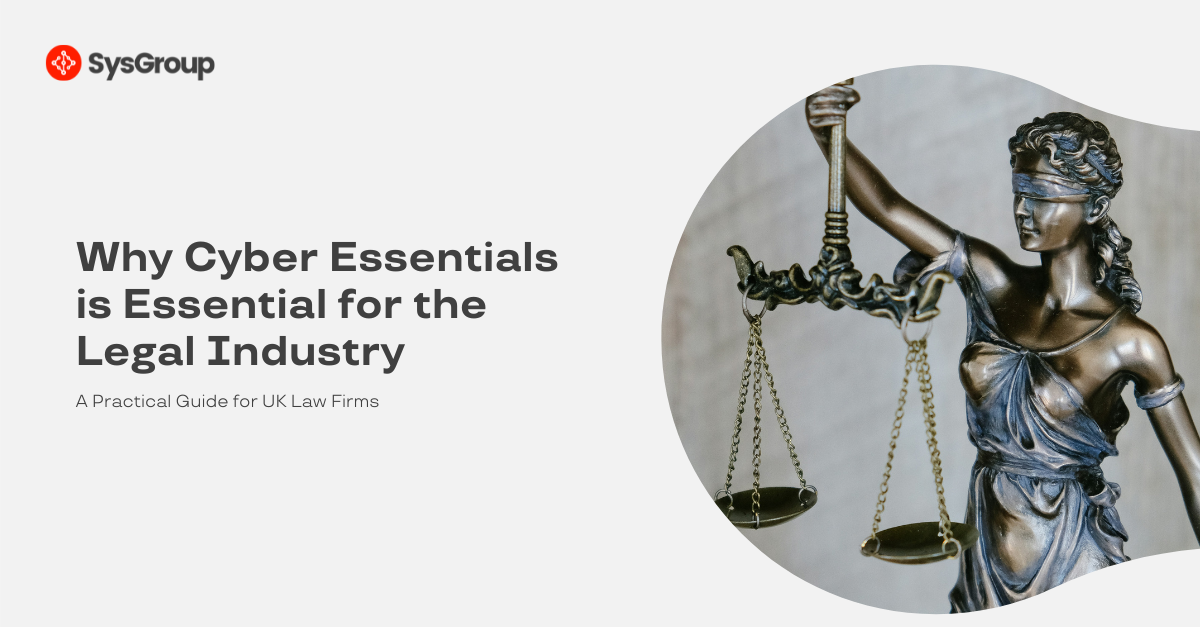Insights


Cyber Essentials Changes in April 2026 What You Need to Know
Cyber Essentials will introduce major changes in April 2026, including stricter cloud service requirements, mandatory MFA and updated scoping and application development rules. This guide explains what is changing, why it matters and how organisations can prepare ahead of the deadline.

Legal: It’s Time for Your Cyber Essentials certification
From October 2025, all UK law firms holding a Criminal Legal Aid contract must have a valid Cyber Essentials certification. This new requirement from the Legal Aid Agency (LAA) reflects the growing urgency around cyber risk and the responsibility firms have to protect sensitive case data and client information.

How to Do More With Less in 2026: Why ‘Invest to Save’ Matters More Than Ever
Struggling to do more with shrinking budgets? In 2026, the secret isn’t cutting costs — it’s investing to save. Discover how automation, consolidation and smarter tech choices can reduce spend while increasing output.

Counting the Cost: How the M&S Cyber Breach Exposed the Price of Resilience
Marks & Spencer’s profits were halved after a cyber-attack left customers unable to shop online for months. The total cost exceeded £300 million. The message for every business is clear: resilience is not luck, it is preparation.

AI on the UK High Street: Quiet Progress, Real Results
UK SMEs aren’t being transformed by AI overnight — but they’re finding smart, practical ways to use it. Learn how small businesses are adopting AI through everyday tools and how SysGroup helps them make it work securely and effectively.





